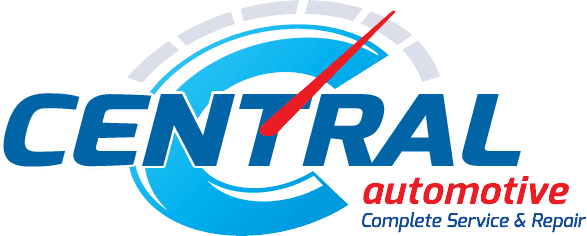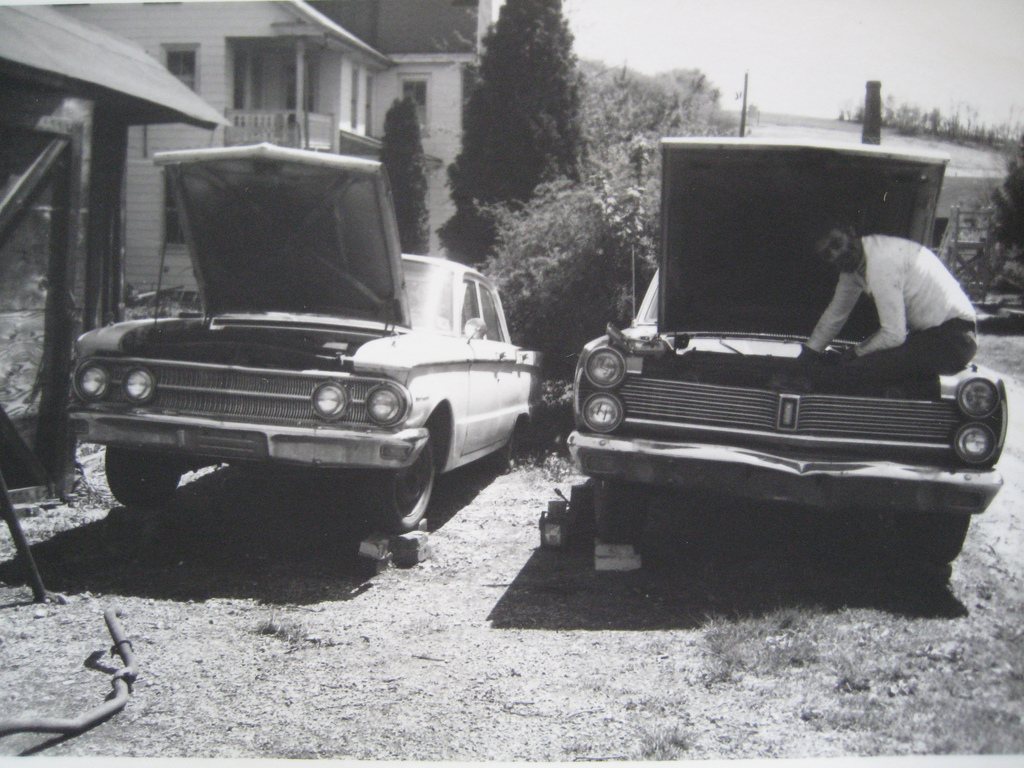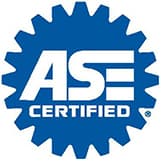IF I HAVE HAD MY CODES READ BY A PARTS STORE, ISN’T THAT A DIAGNOSTIC?
What is a diagnostic? It’s the process in which a technician determines the cause of failure in a vehicle, which may require the use of sophisticated scanners, computers, wiring diagrams, special tools, and an experienced, well-trained technician. Central Avenue Automotive has the latest factory OEM diagnostic equipment for most foreign and domestic cars and trucks.
Advances in technology have made cars more efficient and more comfortable, but this has come at the cost of making cars much more complicated. In the early 1980s, cars started out with just one computer to help manage basic engine functions. Computers were introduced to cars in an attempt to improve vehicle emissions. Today’s cars and trucks have multiple computers and a complex network that ties them all together.
Photo Credit: Hugo90 via Compfight cc
These innovations have made it much more difficult to diagnose vehicle failures, which makes it impossible to diagnose without the correct hardware and software since each car model has its own software and hardware package, plus special tooling. Diagnostics specific to the car model allows the technician to “talk” to the car, retrieve data from the vehicle’s multiple computers, and perform car diagnostics by reading codes. However, this is just the first step in the vehicle’s diagnostic process.
A fault code does not tell the technician what is wrong with the vehicle! What a fault code does is identify the area of the onboard computer system that is having the malfunction. It is up to the technician to download the data and interpret it, then do pinpoint testing to determine the failure and the appropriate repair. One of the most common things we see at Central Avenue Automotive are vehicles that have a fault code for a specific circuit and a parts store has pulled codes for it. The vehicle owner has replaced the part that code identified was not operating within the vehicle specifications, only to find out that the problem was not fixed. It happens, and that is why having a technician with problem-solving experience is so critical to diagnostics.
Today’s retail auto parts stores offer a customer “disservice” by selling generic code readers. These generic code readers do not read all the codes specific to the vehicle. Instead, they read just the codes that are related to vehicle emissions. Unfortunately, these generic codes tend to lead people in the wrong direction. An example of this is the O2 sensor code. An auto parts store reads the code, provides a printout of the code, and has a disclaimer at the very bottom in small print. The disclaimer says to consult an automotive technician for a diagnostic. But like most of us, we tend to ignore the fine print, buy the O2 sensor and install it. Afterwards, our check engine light is still on and we have the same fault code!
A diagnostic from a qualified technician would have revealed that the O2 sensor was working fine. The real problem is that it was another component that had failed and was sending bad data to the engine computer. As a result, the O2 sensor sent a fault to the engine’s computer that it was not seeing the correct air fuel ratio due to a faulty air flow sensor, and there was no fault code available for the air flow sensor. See how a generic code reader can mess things up?
All newer vehicles are equipped with built in computers that monitor every aspect of the car. Some of the areas that it monitors are:
- Cruise Control
- Security
- Navigation
- Air Bags
- Keyless Entry Systems
- Anti Lock Brakes
- Climate Control System
- Fuel Pump
- Engine Cooling Fan
- Body
- Chassis
- Powertrain
- And More!
In other words, a modern car is a rolling computer network. It is amazing how many embedded controllers a vehicle can have. The onboard computer not only monitors the proper functioning of your car, it also records issues and stores them as codes. These codes can then be used to determine the sources of car trouble whenever it occurs. These codes are generated when a particular component of the vehicle fails to report back to the computer correctly. For example, if there is an issue with the engine, the engine will not report back to the computer correctly and an error code will be recorded.
This system of codes helps auto technicians to diagnose your vehicle. These codes can be diagnosed at Central Avenue Automotive by one of our experienced technicians. Our technician will use a scanner or a laptop device to tap into your car’s computer and gain access to the recorded error codes and the vehicle’s data stream. Some diagnostics can be performed in as little as one hour.
Once an issue has been diagnosed, our top-of-the-line technicians are trained to resolve any code your car throws at them. Give us a call at (253) 854-6762, or schedule an appointment using our convenient online appointment booking service. You can also come into our repair shop, located at 1514 Central Ave. Kent, Washington 98032.







